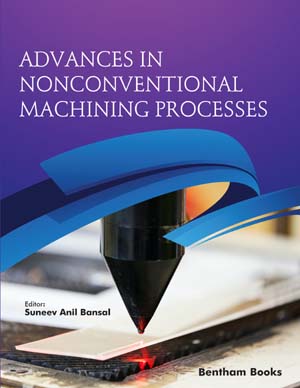Abstract
Solar Energy can be exploited to produce heat and/or electricity. PV/T
panels are a good application to produce both photovoltaic and Thermal energies by
recovering heat lost with a heat removal fluid (water or air). This induces an
improvement of the energetic efficiency of the panel since it is the addition of electrical
and thermal outputs. The object of this work was to design a new hybrid solar collector
based on the superposition of the thermal and electrical functions instead of their
overlay as previously done in most existing systems. Indeed, while thermal energy
production requires high fluid operating temperatures, PV electrical energy production
needs relatively low operating temperatures. The main goals are to study the
effectiveness of our PV/T prototype in terms of thermal energy produced. Moreover,
the present system improves the promotion of agro-food micro-enterprises by the
integration of miniaturized machines with dryers in remote areas where electric
connectivity is not available. In these sites, the farmers can dry the various agricultural
products using the prototype we have realized.
However, we dealt with an experimental analysis to study the influence of external and
internal parameters on the thermal and electrical performance of a photovoltaic thermal
hybrid collector PV/T. The system consists of a photovoltaic-thermal (PV/T) air
collector of 1.37 m2
. A fan was used to force the convection. Based on the experimental
results, it was observed that the thermal and electrical energy was increased when mass
flow rate and solar radiation were increased. The thermal and electrical efficiency
generated by the system was calculated as 65% and 12.5%, respectively. It was also
observed that the outlet air temperature increased.


















